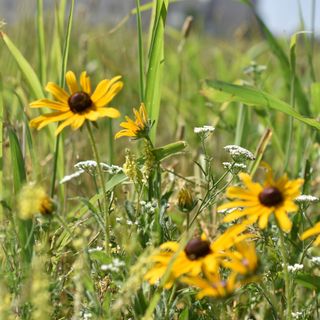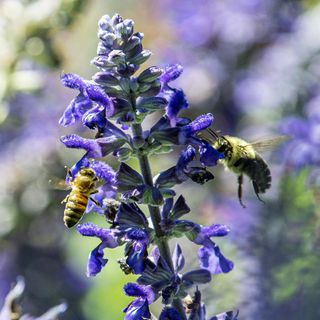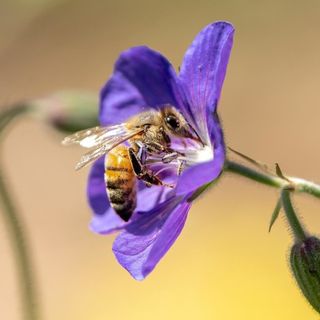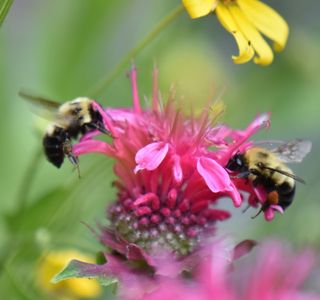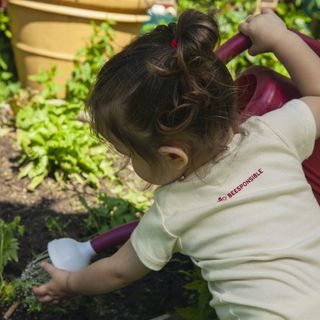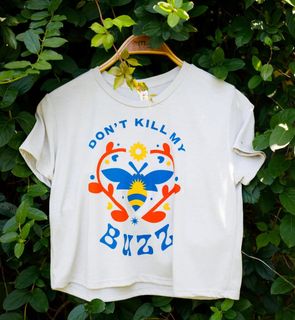ADVOCATING
TIME TO TAKE ACTION
SPEAK UP FOR BEES
If you're Beesponsible, you've already taken bee-friendly actions at home. Now, make your voice heard in your community and beyond. The challenges to bees and pollinators are real, and it's time to take action.
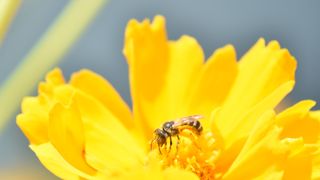
ACT LOCALLY
Urge your local officials to take meaningful actions for bees and other pollinators in your own municipality. Choose from four different emails to send — just click below and copy/paste into your own email program. To find the email addresses of your local elected officials, simply visit your city, county, town or local government web page.
ACT NATIONALLY
The use of certain types of systemic pesticides – known as neonicotinoids – threaten the health and existence of bee populations. The Saving America's Pollinators Act of 2021 would cancel the registration of neonicotinoids, along with establishing a Pollinator Protection Board to assist in an independent review process for pesticides that pose a threat to pollinators. Copy the below letter and paste it in an email (or online contact form) to your congressional representative and senators, urging them to support this important bill.

